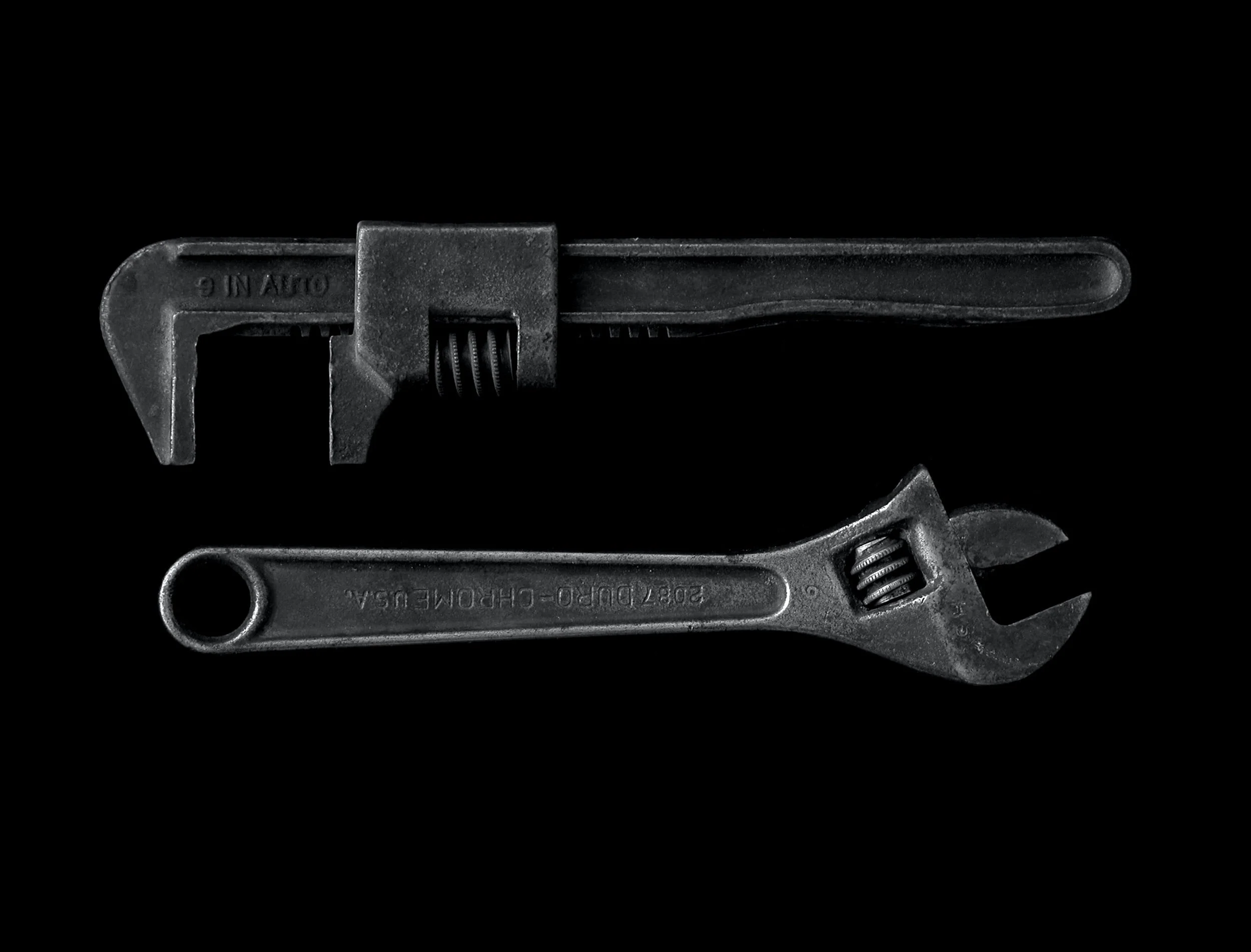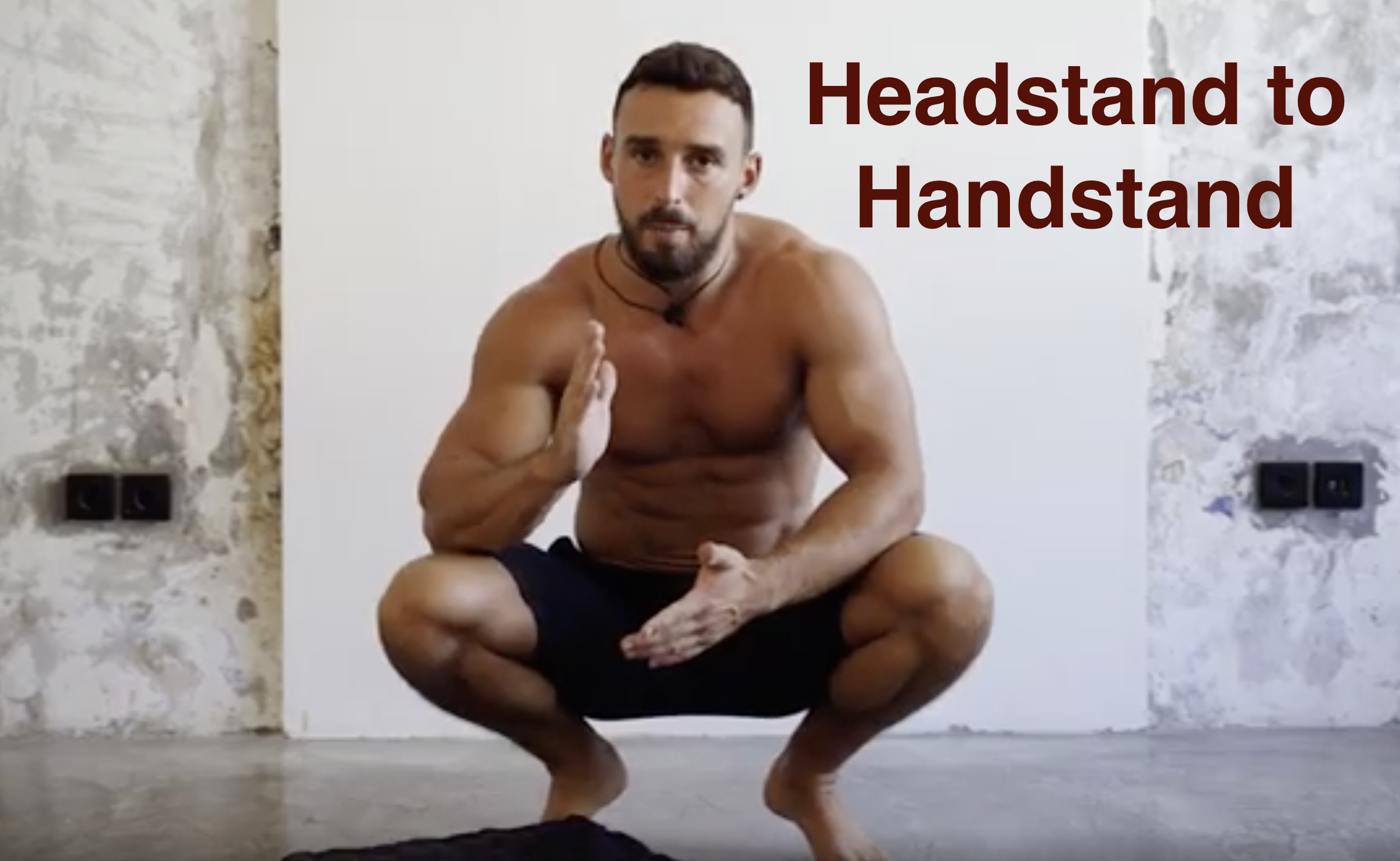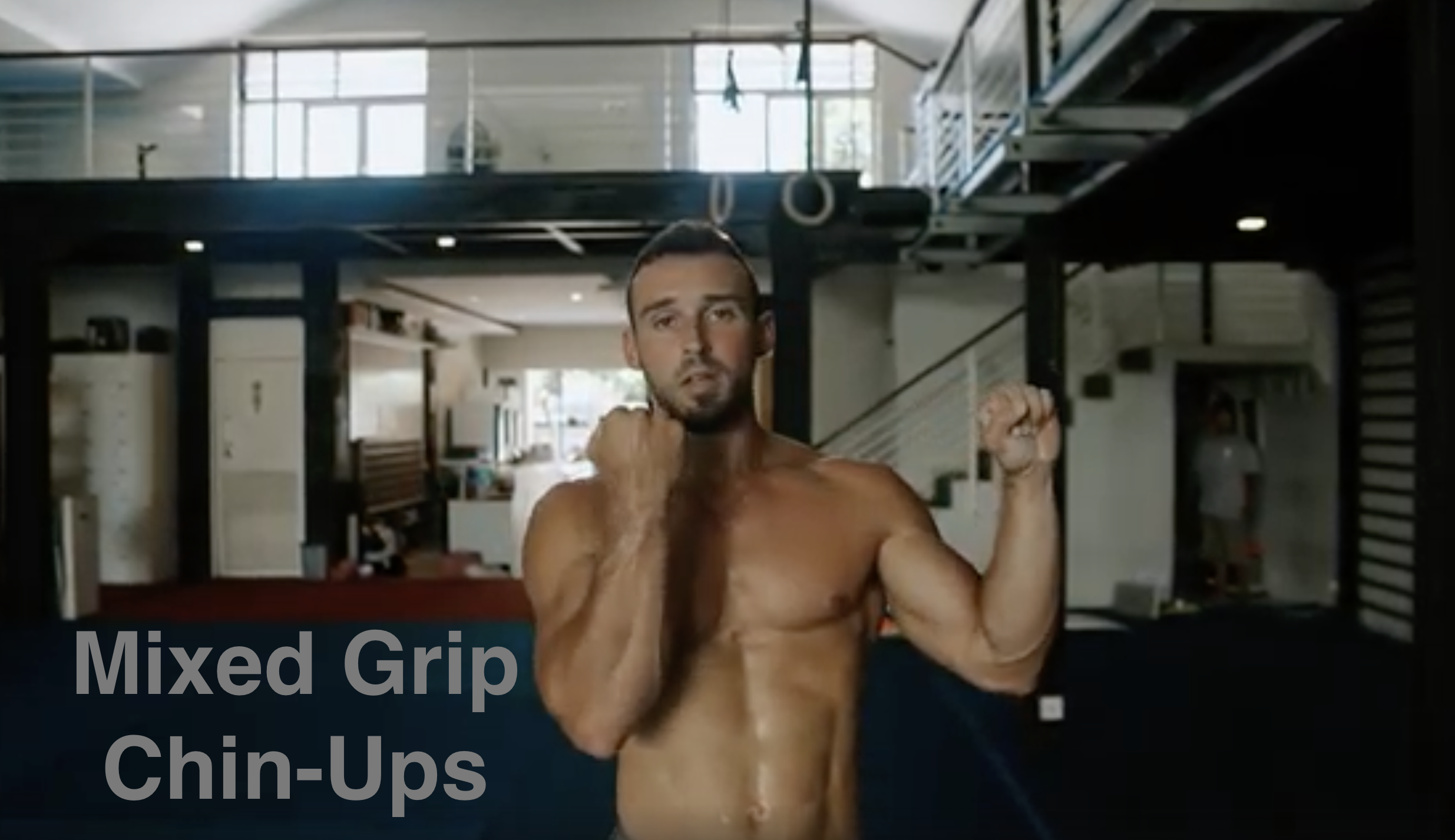A detailed log of my personal training spanning six months, including a full hypertrophy and strength block. To be followed by audio commentary on this program’s successes, mistakes, adjustments, and principles that can be applied to your practice.
Here you’ll find a template for my current strength block. This is a part of a two-phase minimalist program which prioritizes overhead press and front squat, but also includes exercises like weighted chinup, split squat, RDL, weighted rings pushup, and upper body accessory work. I also walk you through the major why and how components of the program including warmup, exercise selection and organization, effort modulation, progressive overload, and rest days.
I show all of the equipment I use for training at home, rate it on versatility, explain this rating, and list the cost of each piece.
This example program is based on the last five months of my own training. It only covers the lower body sessions of this training cycle, and is heavily front squat focused. It’s common enough for coaches to tell you what they think you SHOULD do to get where they are. But rarely do we see coaches tell you EXACTLY WHAT THEY DID to get where they are, what they might change if they had to do it again, and why.
In this audio presentation, combined with videos as visual aids, I outline the nature and importance of technical development and changing movement patterns in strength training. Repatterining and technical development can (and should) be integrated into strength work. The purpose of this content is to help you choose the right tools for the job.
Ideas and principles that can be applied broadly in regard to the use of momentum and drop sets in strength development.
You all have been asking for it, so here it is. These meals form the framework of my eating habits. They're the meals and snacks I keep coming back to, as they’re practical, tasty, highly nutritions, conducive to good digestion (for me), and have proven over the years of my experience and experimentation to support health, performance, and recovery.
I recommend using this exercise for rehabilitating anterior shoulder pain. But whether the use of the exercise is appropriate will depend on the severity of the pain and temporal proximity to the trauma or initial pain expression. Here are some general considerations when applying this exercise.
A step by step tutorial on how to use phone videos to evaluate and correct technique by contrasting concentric and eccentric phases of movements. In the videos I use a back squat as an example application. But this can be applied to almost any movement.
This drill is the third and final in the series, and will help you begin to integrate the techniques and positional awareness you developed in the first two handstand drills into a freestanding handstand.
Here’s the second video in the three-part handstand series. In this video you’ll find detailed instructions on apply what you learned in the first video to an inverted position with weight on the hands.
An instructional video covering what I find to be the most useful drill for improving awareness of positioning in the handstand. This is specifically for spine/torso and hip position. By first exploring these techniques on the floor, this allows us to build specific awareness of positioning and effort in a less complex context with fewer variables competing for attention.
Here’s a quick, basic warmup for the wrists that covers all the bases. It’s a good idea to do a warmup for the wrists like this before doing work that involves putting your hands flat on the ground. That includes handstands.
These workout templates are best suited for those looking to develop bent-arm pushing strength prerequisite to handstand pushups. There is no balance work in here, so I can’t say it will get you closer to the handstand pushup skill itself. But it will improve your capacity to progress if/when you do decide to address the technical balance component of the handstand push-up.
As a supplement to handstand push-ups, this is a great way to isolate the strength of the triceps. If you’re experiencing difficult in the top half of the HSPU range, or trouble completing the elbow extension to lock out the handstand, it could be due to strength deficiency in the triceps.
This is an excellent supplement to handstand push-up work, as it targets different muscles. Whereas the HSPU is heavy on the anterior deltoids, this is more pec-focused. Though anterior delts and triceps are still involved in both. The additional freedom of the scaps to move in and out of protraction will bring additional benefit to the protractors of the scapula like serratus anterior.
The Band-Resisted Overhead Stick Press is one of the most important staples I used in accessory work for handstand pushup. I’m pretty sure this exercise is original to me, as I’ve never seen anyone else use it. There are three key reason I see it as a high priority.
Lateral Raises are a great accessory exercise for humeral abduction, which tends develop the medial deltoid primarily, anterior deltoid, and upper trapezius. As mentioned in the video, the handstand pushup pattern tends to tax the anterior head of the deltoid more than the medial. So adding lateral raises as an accessory exercise after working sets of HSPU or overhead press can help maintain good shoulder health and avoid overdevelopment/underdevelopment of particular muscle groups in the shoulder.
The pike pushup is a staple exercise for developing bent-arm pushing strength specific to handstand pushups. In this tutorial I draw from my 5 years of experience working with freestanding handstand pushups as a primary pushing strength exercise, to help you get the most possible transfer from this exercise to freestanding handstand pushups.
A workout for front lever strength and middle splits mobility, utilizing a superset structure for efficiency. Includes Voiceover video tutorial.
Once you have command over the handstand lean, this is the next progression toward a free-standing handstand pushup. This video shows how to use the headstand position as a way to access and build competence in the concentric phase of a handstand pushup.
Technique, regressions, and progressions for mixed grip rings chin ups. One of the most accessible and versatile exercises to help those who can already do bodyweight chin ups work toward a one arm chin up.
Part of the video tutorial series for my one arm chin up program.
For those who want to start their journey toward handstand pushups, this is a great place to begin. These lean variations will help you build balance, awareness of body positioning, and strength in the bottom of the handstand pushup position. This is one of many pieces that lead to an efficient and technically sound HSPU. This is part of the video tutorial series included in my handstand pushup program.
























The straight body press (SBP) from support position to shoulder stand is a challenging strength movement that has multiple applications. This post is a resource for those who want to learn this skill and coaches who want ideas on how/why to teach this.